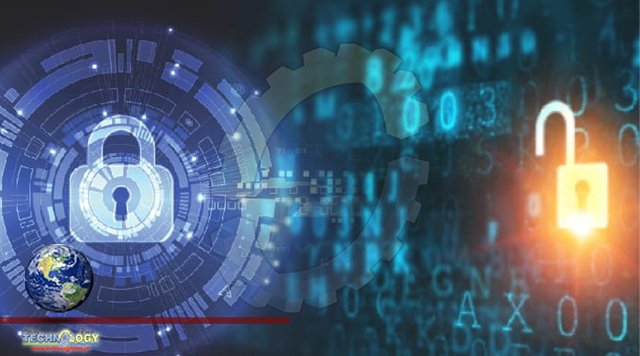An improved version of Quantum Cryptography key distribution. The Internet is filled with highly sensitive data. In general, sophisticated encryption techniques guarantee that such material cannot be intercepted and read.

However, in the future, high-performance quantum computers could break these keys in a matter of seconds. It is therefore fortunate that quantum mechanical approaches offer not just new, far faster algorithms, but also very effective cryptography. Quantum Cryptography key distribution (QKD), as the jargon says, is safe against attacks on the communication channel but not against attacks or manipulations of the devices themselves. As a result, the devices may output a key that the manufacturer had previously kept and could have passed to a hacker. It’s a different story with device-independent QKD (abbreviated DIQKD). The cryptographic protocol is unaffected by the device. This technology has been theoretically known since the 1990s, but it has only just been experimentally implemented by an international research team headed by Ludwig Maximilian University of Munich physicist Harald Weinfurter and Charles Lim from the National University of Singapore (NUS). There are many methods for exchanging quantum mechanical keys. The transmitter sends light signals to the receiver, or entangled quantum systems are employed. The scientists employed two quantum mechanically entangled rubidium atoms in two labs 400 meters apart on the LMU campus in the current experiment. The two facilities are linked by a 700-meter-long fiber optic cable that runs under Geschwister Scholl Square in front of the main building.
To create an entanglement, the scientists first stimulate each atom with a laser pulse. Following this, the atoms spontaneously return to their ground state, each releasing a photon. The spin of the atom is entangled with the polarization of its emitted photon due to the conservation of angular momentum. The two light particles travel over the fiber optic cable to a receiver station, where a combined measurement of the photons reveals atomic quantum memory entanglement. To exchange a key, Alice and Bob – as the two parties are usually dubbed by cryptographers – measure the quantum states of their respective atoms. In each case, this is done randomly in two or four directions. If the directions correspond, the measurement results are identical on account of entanglement and can be used to generate a secret key. With the other measurement results, a so-called Bell inequality can be evaluated. Quantum Cryptography, Physicist John Stewart Bell originally developed these inequalities to test whether nature can be described with hidden variables. In contrast to earlier approaches, the implemented protocol, which was developed by researchers at NUS, uses two measurement settings for key generation instead of one: “By introducing the additional setting for key generation, it becomes more difficult to intercept information, and therefore the protocol can tolerate more noise and generate secret keys even for lower-quality entangled states,” says Charles Lim. With conventional QKD methods, by contrast, security is guaranteed only when the quantum devices used have been characterized sufficiently well. “And so, users of such protocols have to rely on the specifications furnished by the QKD providers and trust that the device will not switch into another operating mode during the key distribution,” explains Tim van Leent, one of the four lead authors of the paper alongside Wei Zhang and Kai Redeker. It has been known for at least a decade that older QKD devices could easily be hacked from outside, continues van Leent.
Source: This news is originally published by scitechdaily